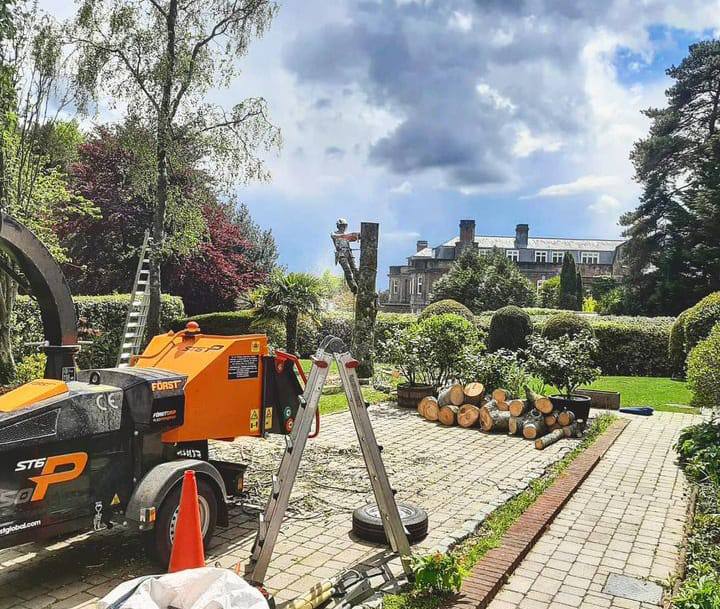Keeping Pests at Bay: The Role of Tree Trimming in Pest Infestation Prevention
Introduction: In the intricate web of nature, trees play host to a diverse array of organisms, from beneficial insects to harmful pests. While some insects contribute to pollination and ecosystem balance, others threaten tree health and vitality. At Shefford Tree Surgeons, we understand the importance of proactive pest management strategies, and we’re here to shine a light on how tree trimming can help prevent pest infestations and safeguard your green assets.
1. Removing Vulnerable Branches
Dead, damaged, or decaying branches provide ideal breeding grounds for pests such as beetles, borers, and termites. By promptly identifying and removing these vulnerable branches through strategic tree trimming, arborists can disrupt the pest lifecycle and minimise the risk of infestation. Regular pruning removes existing pest habitats and stimulates healthy growth, fortifying the tree’s natural defences against future attacks.
2. Enhancing Air Circulation
Poor air circulation within the canopy can create humid microclimates conducive to pest proliferation. Dense, overcrowded foliage provides ample hiding places for pests to thrive and reproduce. Through selective thinning and canopy pruning, tree surgeons can improve air circulation and light penetration, creating a less hospitable environment for pests. Increased airflow deters pest activity and promotes overall tree health by reducing the risk of fungal infections and moisture-related diseases.
3. Preventing Bark Damage
Bark serves as the tree’s first line of defence against pests and pathogens but is also a prime target for invasive insects seeking entry. Bark damage caused by mechanical injuries, animal feeding, or improper pruning practices can compromise the tree’s integrity and make it more susceptible to pest infestations. By practising careful pruning techniques and avoiding unnecessary bark wounds, arborists can help protect the tree’s vital outer layer and reduce the likelihood of pest infiltration.
4. Encouraging Vigorous Growth
Healthy, vigorously growing trees are better equipped to withstand pest pressures than weak or stressed trees. Regular tree trimming promotes balanced growth, redirects resources to healthy tissues, and stimulates the tree’s natural defence mechanisms. By removing deadwood, thinning out overcrowded branches, and shaping the canopy to promote optimal structure, arborists can encourage vigorous growth and vitality in trees, making them less attractive targets for pests.
5. Monitoring and Early Detection
Tree trimming allows arborists to inspect the tree closely for signs of pest activity or infestation. Early detection is key to preventing pest outbreaks from spreading and causing irreversible damage. By routinely monitoring trees during trimming sessions, arborists can identify pest hotspots, assess the severity of infestations, and implement targeted control measures as needed. Timely intervention can make all the difference in preserving tree health and mitigating the impact of pest damage.
Conclusion: Tree trimming is a proactive and effective strategy for preventing pest infestations and maintaining tree health and vitality. By removing vulnerable branches, enhancing air circulation, preventing bark damage, encouraging vigorous growth, and facilitating early detection, arborists can help keep pests at bay and ensure your trees’ long-term health and beauty. Don’t wait until pests have already taken hold, and invest in the health and resilience of your green assets. Your trees and peace of mind will thank you for it.
Call us on: 01462 418 496
Click here to find out more about Shefford Tree Surgeons
Click here to complete our contact form and see how we can help with your tree’s needs.

